|
0 Comments
If you’ve recently been experiencing symptoms such as increased heart rate, dizziness, brain fog, or shortness of breath, you’re not alone.
First, you need to know which movements can hurt your back.
Bending + lifting + twisting + holding your breath (straining) = lumbar disc injury Combining these motions without proper strength, core stability, and knowledge on how to move will place you at risk for an injury. With this in mind, follow the 4 tips listed below on how to lift, bend, and twist properly to avoid injuries. 1. Bending & Lifting:
Keep your abdominals engaged and spine in neutral (avoid rounding your back), use your legs to squat close to the ground, then bring the object as close to your body as you can before using your legs to rise up again. Don’t forget to breathe!
2. Twisting:
If you have just lifted something and want to place it on a shelf, or perhaps in a wheelbarrow, keep the object close to your body with your abdominals engaged and use a stepping motion to turn your body as a whole towards the destination rather than twisting at the trunk.
3. Raking:
Keep your arms in close to your body and stand up straight. Avoid bending forward while twisting. Keep your abdominals engaged and switch sides with the rake every so often.
4. Wheelbarrow:
Walk closely to the wheelbarrow and avoid bending forward to lift it. Instead, use your legs to squat first before lifting up on the handles. When walking with the wheelbarrow, keep the handles near your hips and your abdominals tight.
Part II: Spinal Stability and Positioning |
|
Sure you know running is a great health benefit. But did you know running in worn out shoes can actually hurt you? From muscle fatigue to shin splints to aches and pains in your joints, running in old, worn out shoes can actually promote more harm than good. Here are 5 ways to know when it's time to replace those shoes to keep your feet happy and make sure you are running pain free.
|
|
No matter your age, it’s important to consider your balance and begin to implement fall prevention strategies. Although everyone could benefit from these, people who aren't as mobile due to age or recovering from operations, should be sure to follow these guidelines to help prevent injuries. Here are a few easy ways to get you started.
|
Written by: Elizabeth M. Chamis, DPT
For many folks, hitting the gym on a consistent basis just never seems to work out as planned. Whether it’s too cost intensive or too time consuming based on jobs, kids, etc., there always seems to be something that causes fitness to lose priority in our lives. Well, fortunately, the crew at Fitness Anywhere in San Francisco, California understand this issue and with the help of America’s real superheroes, the Navy SEALs, the TRX Suspension Trainer was developed as the solution.
Authors
A collaborative effort from the experienced staff at IT&W
Archives
May 2023
March 2023
March 2022
November 2017
October 2017
September 2017
August 2017
July 2017
June 2017
May 2017
April 2017
March 2017
February 2017
January 2017
November 2016
September 2016
August 2016
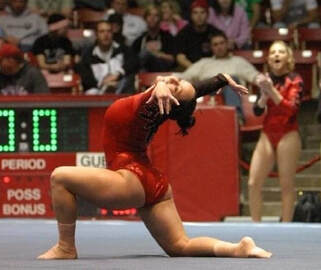
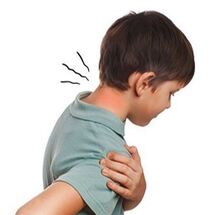


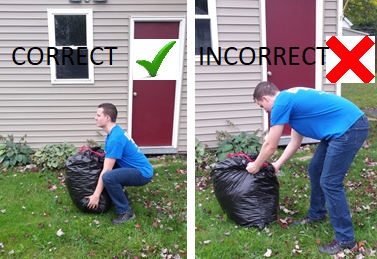
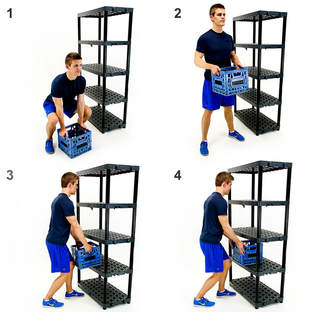
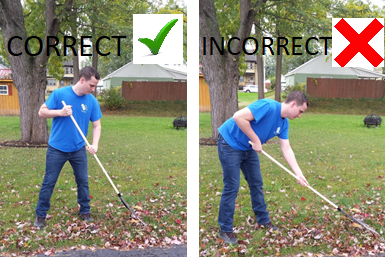
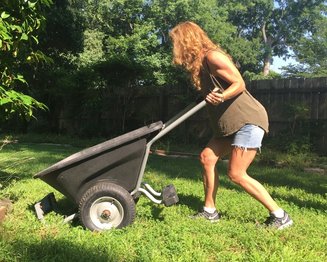
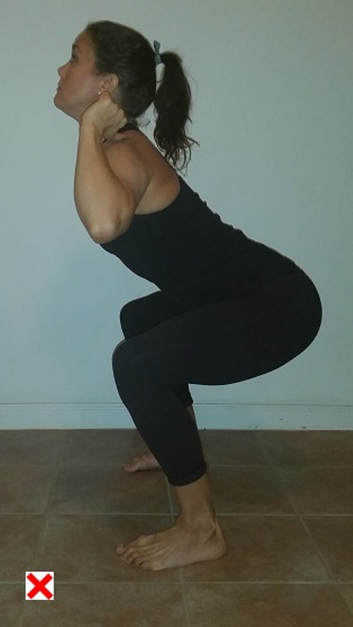
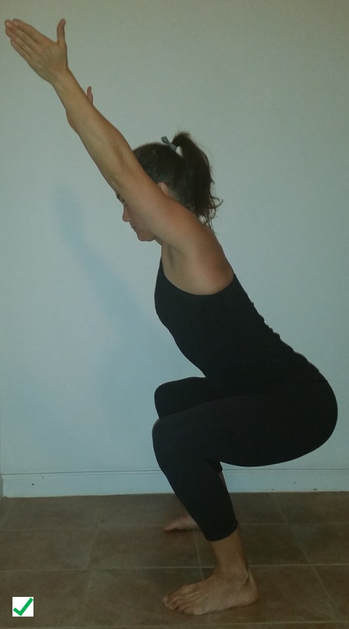
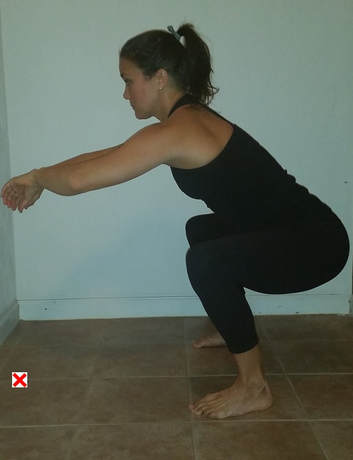
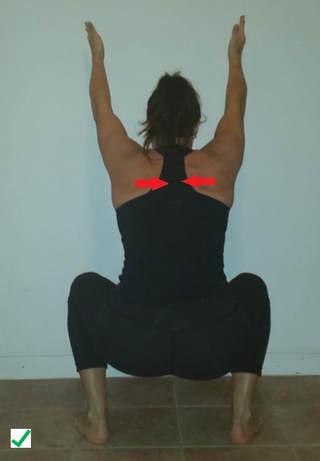


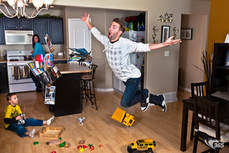

 RSS Feed
RSS Feed

